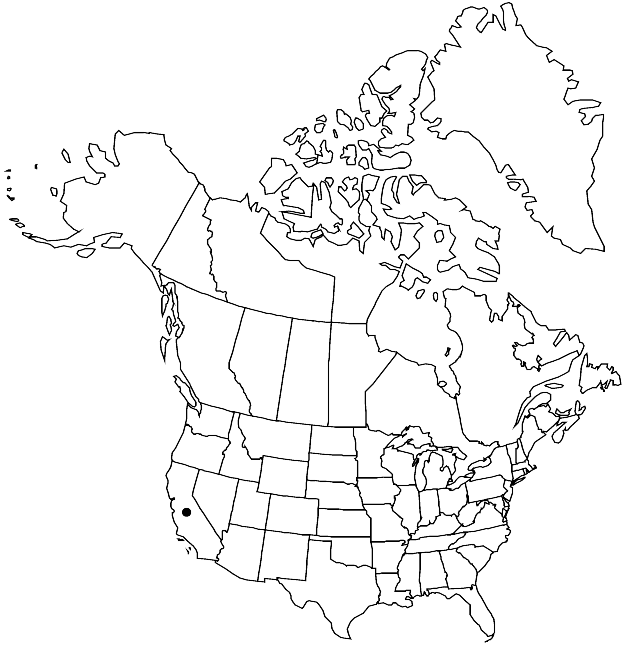Difference between revisions of "Scleropodium californicum"
Enum. Bryin. Exot., 35. 1888.
FNA>Volume Importer |
FNA>Volume Importer |
(No difference)
| |
Revision as of 22:04, 16 December 2019
Plants small to medium-sized, in loose mats, green to yellowish. Stems to 5 cm, leafy shoots 0.3 mm wide, branches filiform. Stem leaves loosely imbricate, erect when moist, ovate-lanceolate, 0.8–1.2 × 0.3–0.4(–0.5) mm; margins serrate to serrulate, occasionally subentire; apex narrowly acute to acuminate, at least some apices long-acute to moderately long-acuminate; alar cells irregularly polygonal, size variable, 6–13 µm, walls moderately thick, region extensive, reaching from margin (50–)100% distance to costa, indistinctly delimited; laminal cells 30–65 × 4–6 µm; basal juxtacostal cells elongate, 10–30 × 5–10(–13) µm, or similar to alar cells. Seta 1.5 cm, smooth to slightly rough proximally, rough distally. Capsule inclined. Spores 10–14 µm.
Habitat: Soil on rock in sunny places
Elevation: low to moderate elevations (0-900 m)
Distribution

Calif., Mexico (Baja California).
Discussion
Scleropodium californicum is somewhat similar to Brachythecium albicans but has distinctly thinner shoots. In anatomical details, the species differs in having short laminal cells, opaque basal cell regions, and serrate or serrulate margins, at least distally. From the other species of Scleropodium, it differs in being less julaceous when dry and growing in loose, thin mats. The stems are ascending at their apices; the branches are erect; the basal juxtacostal cells are in 1–3 rows; and the laminal cells have obtuse ends.
Selected References
None.